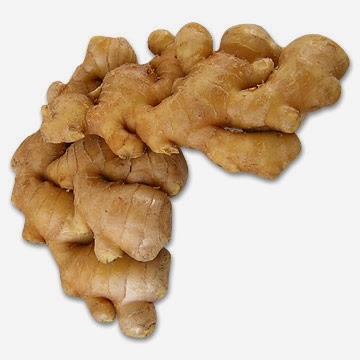 Tomatoes are one of my favourite vegetable. It is very easy to grow as well as enjoyable to eat. Though technically tomato is a fruit of the plant but we all prefer to call this a vegetable. If you take proper care of your tomato plants, the yield can be overwhelming.
Tomatoes are one of my favourite vegetable. It is very easy to grow as well as enjoyable to eat. Though technically tomato is a fruit of the plant but we all prefer to call this a vegetable. If you take proper care of your tomato plants, the yield can be overwhelming. Scientific name : Lycopersicon sp
The tastes of tomatoes are very sensitive to the surroundings. So rather than focusing on only one variety, it is always sensible to try 3 to 4 varieties. It will help you find out which is the best variety suitable to your locality.
Tomato Plants and Sunlight:
Keep your tomato plant to a place where the plant will get plenty of sunlight. The fruit formation of a tomato plant requires at least 6 hours of direct sunlight. You can read more about the effect of sunlight on different plants in our earlier article here.
Tomato Cage for Supporting A Tomato Plant:
A Tomato plant needs support for its growth. You need to build cage or stakes at the time of planting. Staking keeps fruits off the ground whereas a tomato cage help the plant to hold its upright position.
Tomatoes require plenty of water, specially during the summers. But while watering a tomato plant do not wet the leaves or the stem of the plant. Always put water directly into the soil near the roots(see watering guide for details).
Pruning Tomato Plants:
Take out any shoot that grows between the stem and main branches, these shoots always hinder the fruit growth. In gardening this process is called pruning of plants. With the same logic cut off the tip of the plant. It will help the plant to become more bushy with much more fruits.
How To Plant Tomatoes:
You can start either from seed or through seedlings purchased from nurseries. If you are starting from seeds, it is recommended to use seedling trays.fill these trays with potting soil and sow the seeds there. It is important to keep the trays indoor until the seeds germinate. Once they have grown up to 15- 20 cm you can transplant them outdoor. See transplantation techniques for detail.
Before planting the seedlings make the soil ready by tilling and mixing compost or manure with the soil. It is recommended to plant the seedlings 2ft apart.
It is necessary to keep the soil fertile. Add fertilizers two week prior to picking and two weeks after the picking.
Tomato Pests and Diseases:
Tomatoes are particularly susceptible to many pests and diseases. Horn-worms, Aphids, white-flies are few of the tomato pests which can reduce the production of the plant. Late blight (specially during monsoon) and distorted leaves are the common diseases to the plant. It is always wise to plant basil along with your tomato plant. Basil is a fantastic companion plant for tomatoes. It will help in distracting little pests from your tomato plant. This type of planting is called companion planting.
Harvesting Tomatoes:
Never pick tomatoes in green condition they will rot before get ripe. Leave them on the vine as long as possible. Never try to refrigerate ripe tomatoes. It will spoil the texture and taste of the perfectly ripe home grown tomato which is best eaten sun warm from the kitchen garden.
I hope these simple tomato growing tips helped you in growing tomatoes. Do these simple steps and you can enjoy your home grown favourite vegetable and also find the distinctive flavor and taste which are definitely missing when you buy those from the stores.
Thanks for reading. Keep your comments coming.
Read more about tomatoes:
FAQs About Tomato Growing
Top 8 pests of Tomatoes
Simple steps to save tomato seeds
Top Five Companion Plants For Tomatoes



 Water is also a crucial factor in growing ginger. Make sure the soil is moist while the active growing season of ginger is going on. To make the better use of the soil moisture and preventing it from evaporation use Mulch (Check out more about mulch and mulching by clicking the link). Adding different soil less mediawith the soil can also increase the water retention of the soil. Also try not to over-water. It will also drain out the nutrients from the soil.
Water is also a crucial factor in growing ginger. Make sure the soil is moist while the active growing season of ginger is going on. To make the better use of the soil moisture and preventing it from evaporation use Mulch (Check out more about mulch and mulching by clicking the link). Adding different soil less mediawith the soil can also increase the water retention of the soil. Also try not to over-water. It will also drain out the nutrients from the soil.
 bag with thick layer of Mulch. Now you have it, your own garden bed.
bag with thick layer of Mulch. Now you have it, your own garden bed.  with the soil. Too much water or water logged soil is the most frequent reasons for the death of the plant.
with the soil. Too much water or water logged soil is the most frequent reasons for the death of the plant.

